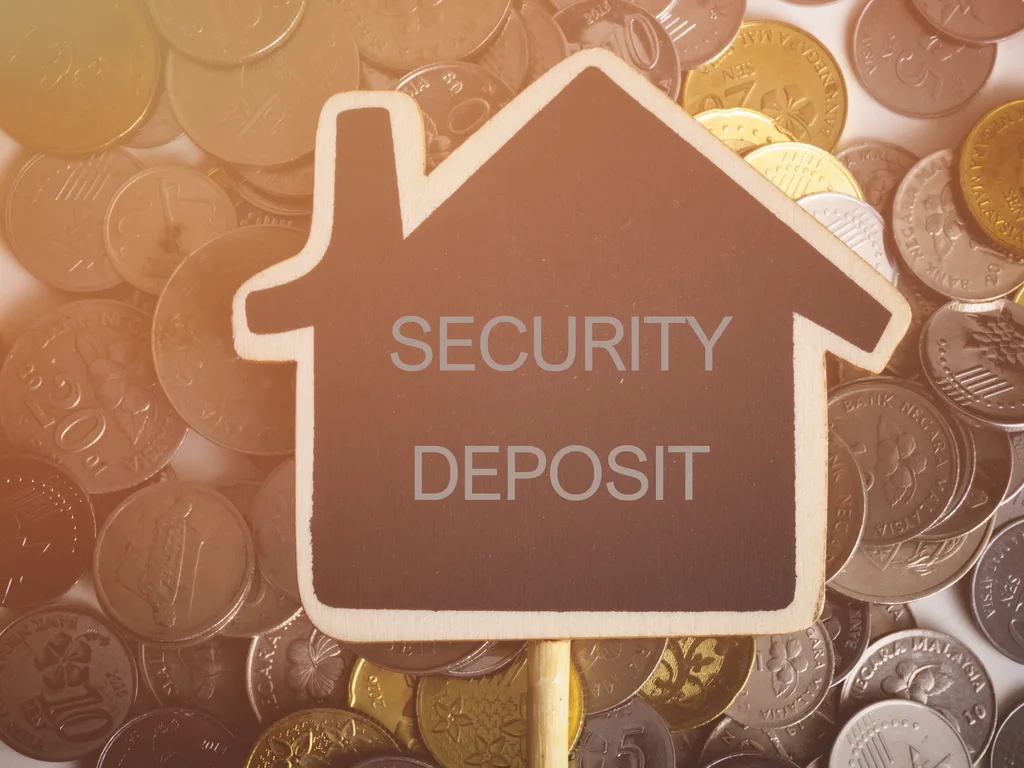HUD also offers Public Housing for low-income families, the elderly and those who have disabilities. In this program, the government would be your landlord, and your rent costs are a lot less than the market rate. However, your monthly rent is unique to your income bracket, so rent prices in this program can vary.
Unlike Section 8 housing and the voucher programs where you can, more or less, choose where you live, the Public Housing program does not allow you to choose where you live because the program only applies to certain buildings and areas. You don’t really have a choice where you live because the Public Housing Authority in your area decides what government-owned building and unit you live in. This is typically determined by your income.
In order to qualify for Public Housing, you must have a low income within the PHA’s standards. HUD will also consider qualifications based on your age (so if you’re in the elderly population) and disability status (whether you have a physical, intellectual or other disability that impacts your ability to find work and earn an income). Typically, HUD considers a household as “low income” if the total income is between 50% to 80% of the area’s median income.
Here are some examples:
In Loudoun County, Virginia, the median household income is $142,299 per year as of the 2019 census. This is one of the highest median household incomes in the whole United States. That means you could be considered low income and eligible for Public Housing if your household income is between $71,149 and $113,839 per year.
The national median household income is $55,660, according to the 2019 U.S. census. So, if your household income is between $27,830 and $44,528 per year, you could be eligible for Public Housing.
In Sumter County, Alabama, you’ll find one of the lowest median household incomes in the U.S. According to the 2019 U.S. census, the median annual income was $15,278 per year. This means that, if you live in this area, you could potentially qualify for Public Housing if your household income is between $7,639 and $12,222 per year.
In addition to your household income, your local PHA will also consider how many people are in your household. Generally, the more family members there are in a household, the more a household can earn and still qualify. For example, a one-person household that makes at or below $41,400 per year would be considered “very low income.” In the same county, a four-person household that earns at or below $59,100 would be considered “very low income.” This is likely due to the fact that more people typically means more living costs to pay for necessities like food, housing and clothing.
To see if your household qualifies for Public Housing, you must first fill out an application with your local Public Housing Authority. This application typically requires you to provide documentation of your household’s income and the number of individuals in your household. If there are no public-housing units available near you, you may be put on a waiting list and will be assigned a unit when one becomes available.
In addition to Public Housing, your area may also have Low-Income Housing Tax Credit properties, which are privately-owned properties that provide reduced rent for qualifying low-income households.




